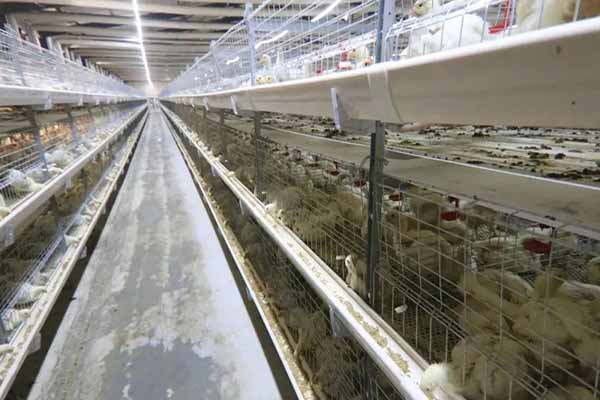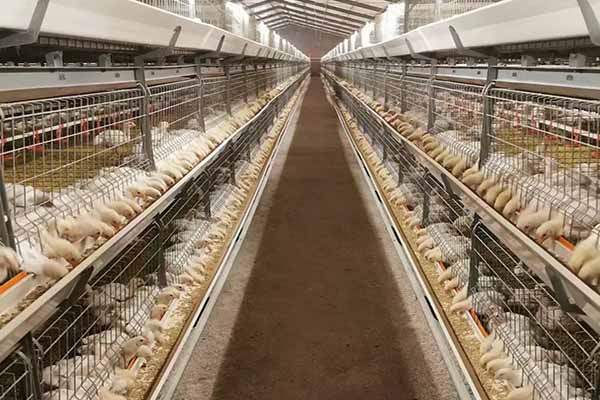Optimizing Poultry Farming with a 100,000-Bird Climate-Controlled House in Ghana
Introduction to Climate-Controlled Poultry Houses
The poultry industry in Ghana is rapidly growing, and with it comes the need for advanced farming techniques. A climate-controlled poultry house is a game-changer for ensuring optimal conditions for raising birds. These houses provide a stable environment, which is crucial for the health and productivity of the birds.
According to a recent study, the demand for poultry products in Ghana is expected to increase by 5% annually. This growth necessitates the adoption of modern farming methods to meet the rising consumer demand.

Benefits of a 100,000-Bird Climate-Controlled Poultry House
- Enhanced Bird Health: Climate-controlled houses reduce the risk of diseases and mortality rates among poultry. This is achieved by maintaining optimal temperature, humidity, and air quality.
- Increased Productivity: With controlled conditions, birds can grow faster and reach market weight sooner, leading to higher yields.
- Energy Efficiency: Advanced insulation and heating/cooling systems ensure that energy consumption is minimized, reducing operational costs.
Data from a similar poultry house in Kenya indicates that a 100,000-bird climate-controlled house can yield an average of 2,000 kg of meat per month, with a feed conversion ratio of 1.8.
<img src="http://www.qualitychickenfarm.com/wp-c ontent/uploads/2025/04/successful-transported-20000-birds-layer-poultry-cages-to-tanzania-4.jpg” alt=”inserted image”>
ontent/uploads/2025/04/successful-transported-20000-birds-layer-poultry-cages-to-tanzania-4.jpg” alt=”inserted image”>
Design and Installation Considerations
When designing a 100,000-bird climate-controlled poultry house in Ghana, several factors must be taken into account:
- Location: Choose a location with access to water, electricity, and transportation networks.
- Insulation: Use high-quality insulation materials to maintain stable internal temperatures.
- Airflow: Ensure proper ventilation to maintain air quality and prevent the buildup of ammonia and dust.
- Feeding and Watering Systems: Implement efficient systems to minimize labor and reduce feed waste.
Table 1: Key Components of a Climate-Controlled Poultry House
| Component | Description |
|---|---|
| Insulation | Material used to retain heat or coolness in the house. |
| Heating/Cooling System | Equipment used to control the internal temperature of the house. |
| Ventilation | System that ensures proper air exchange within the house. |
| Feeding and Watering Systems | Automated systems for feeding and watering the birds. |
Conclusion
Investing in a 100,000-bird climate-controlled poultry house in Ghana can significantly enhance the efficiency and profitability of your poultry farming operation. By providing an optimal environment for your birds, you can expect improved health, increased productivity, and reduced operational costs.
Are you considering a climate-controlled poultry house for your farm? Contact us today for a free design consultation and equipment quote from LIVI Mechanical. Our team of experts is ready to help you transform your poultry farming business.




